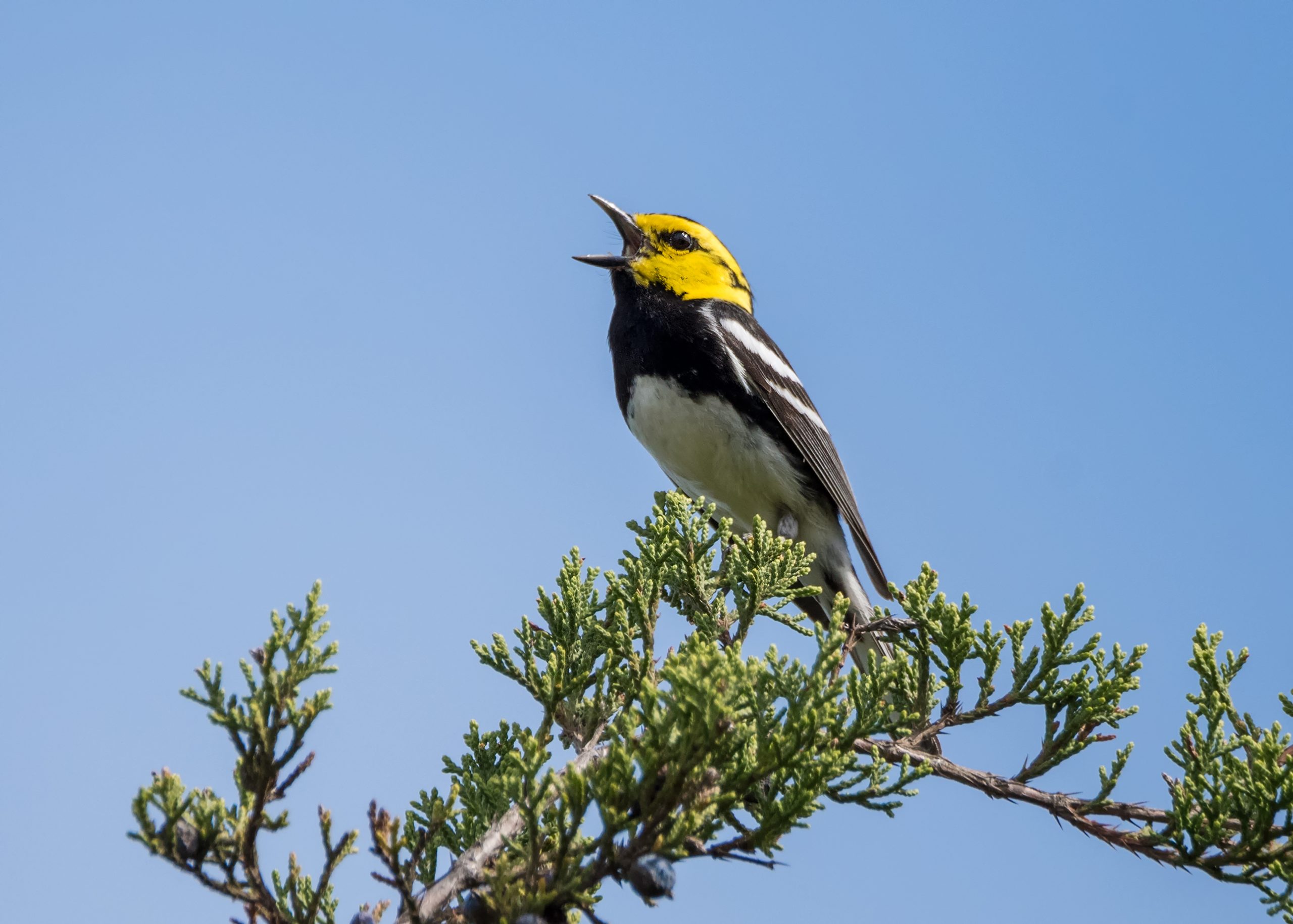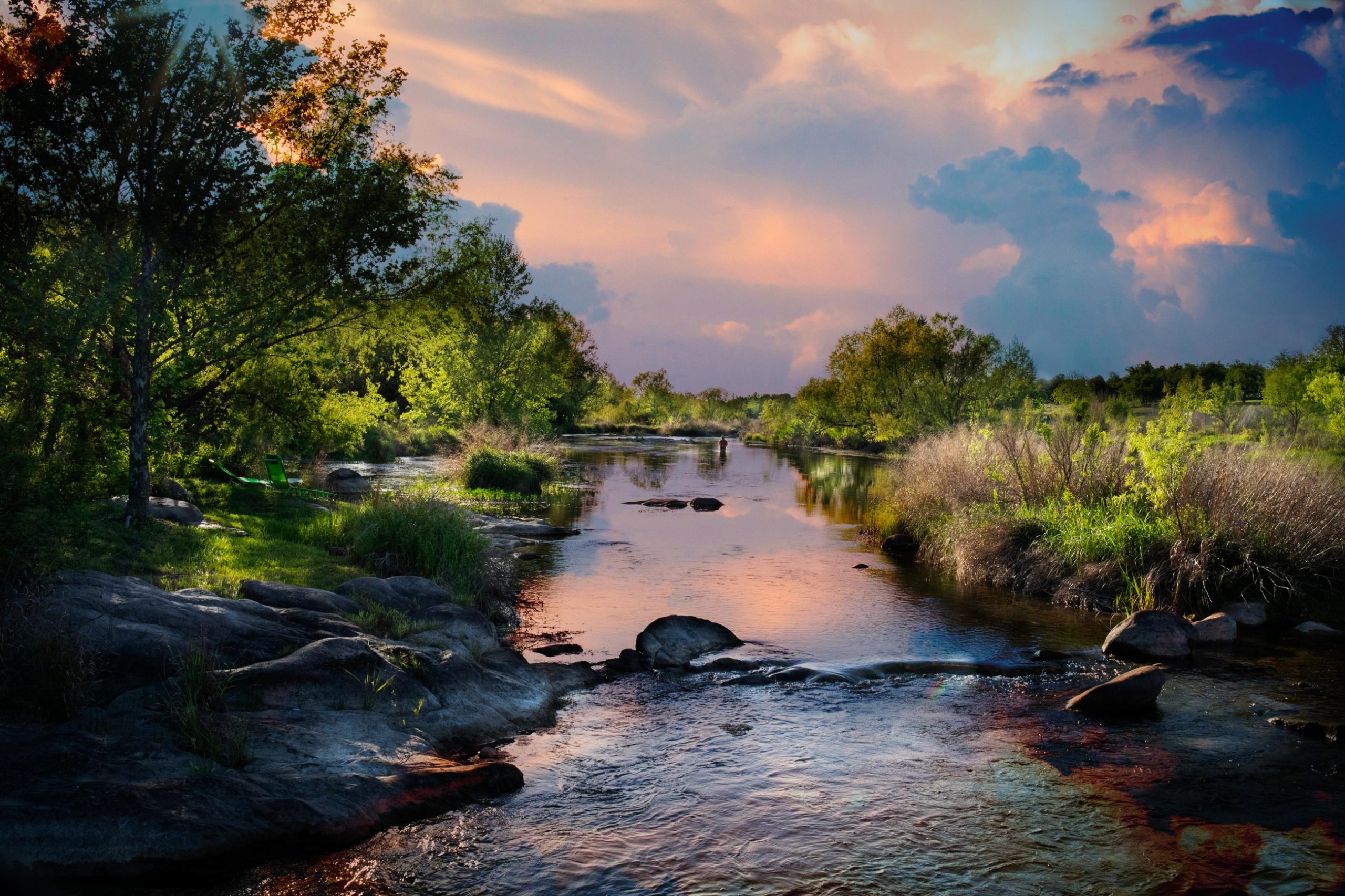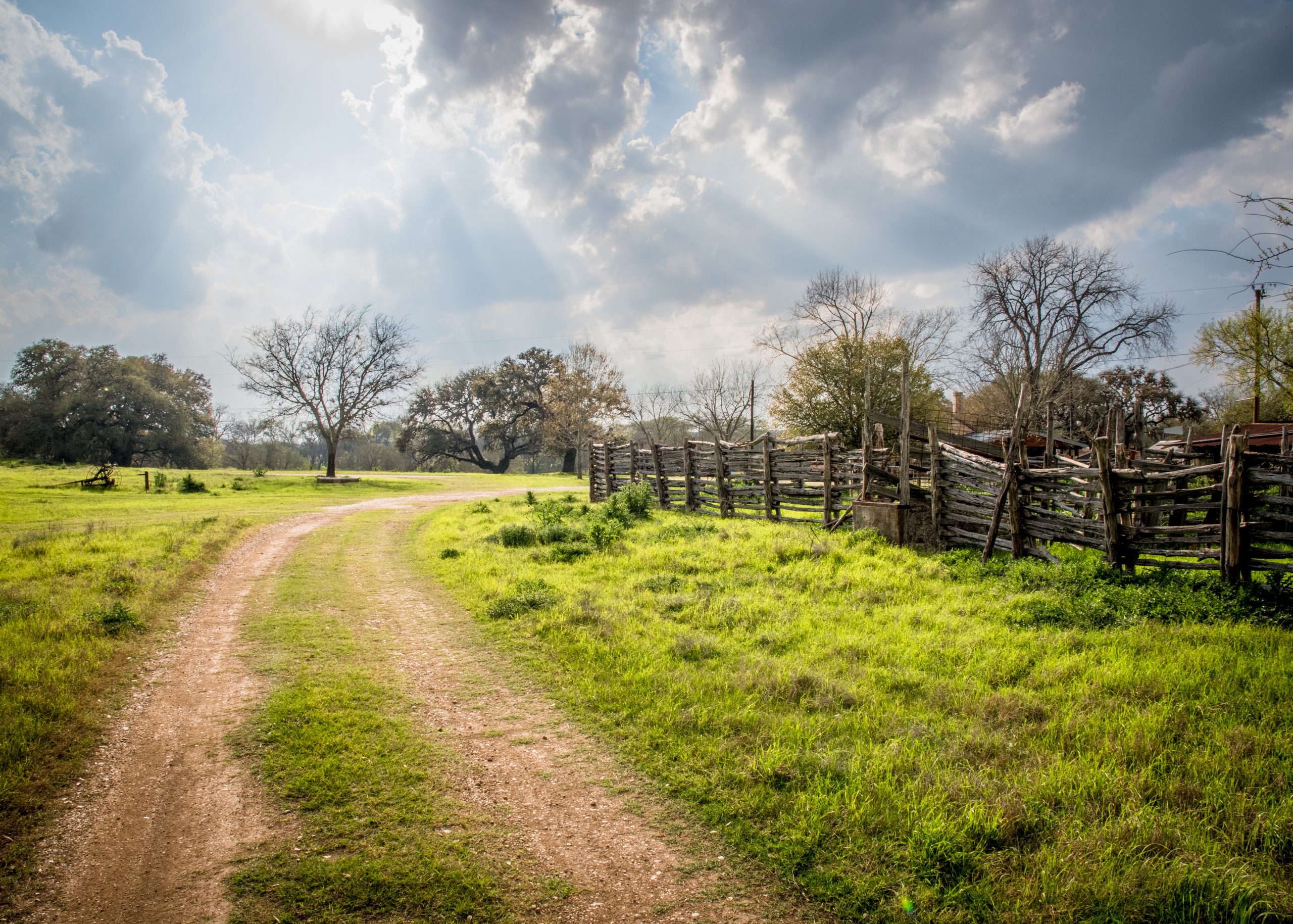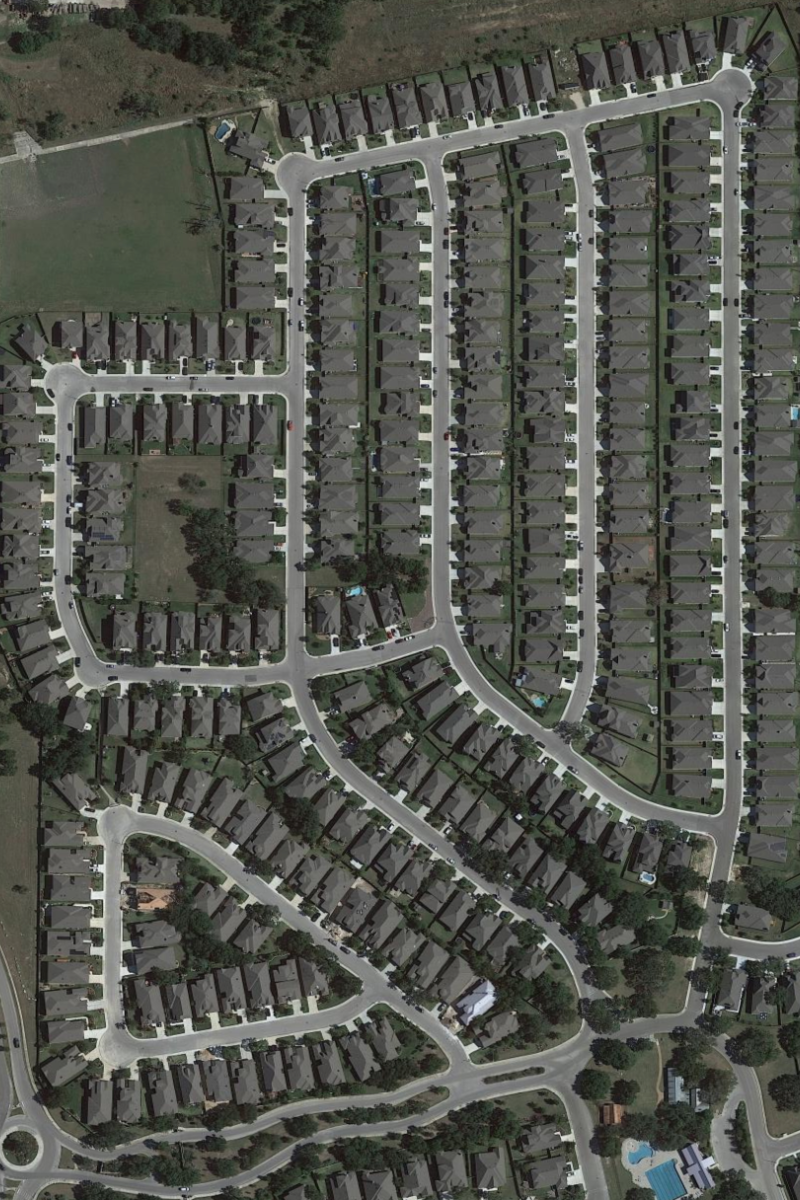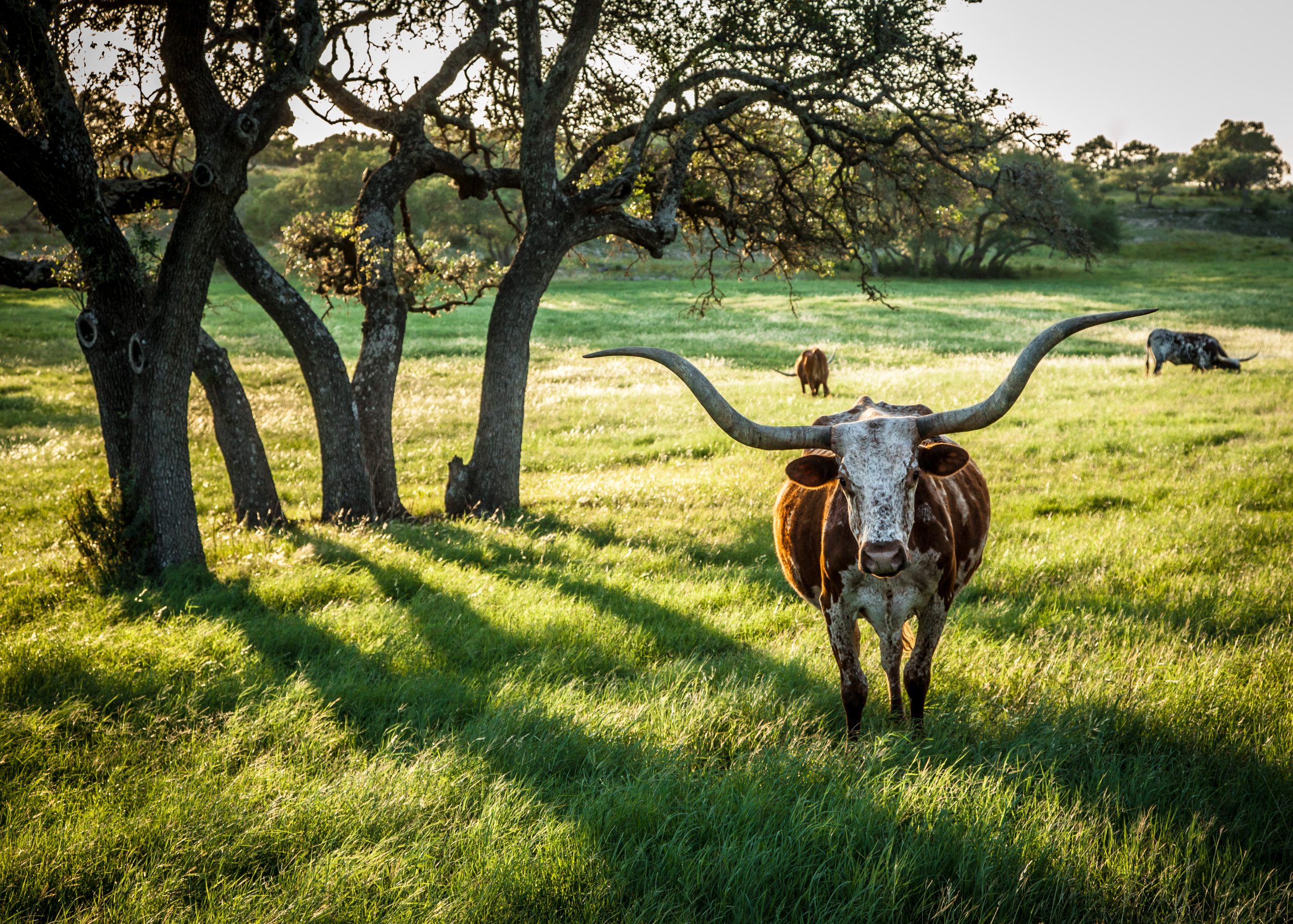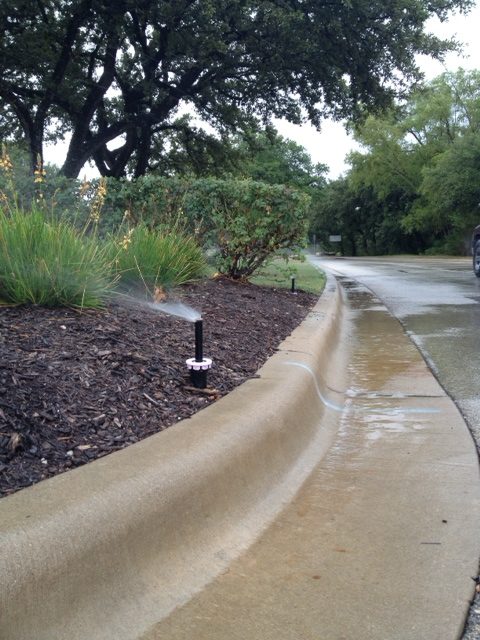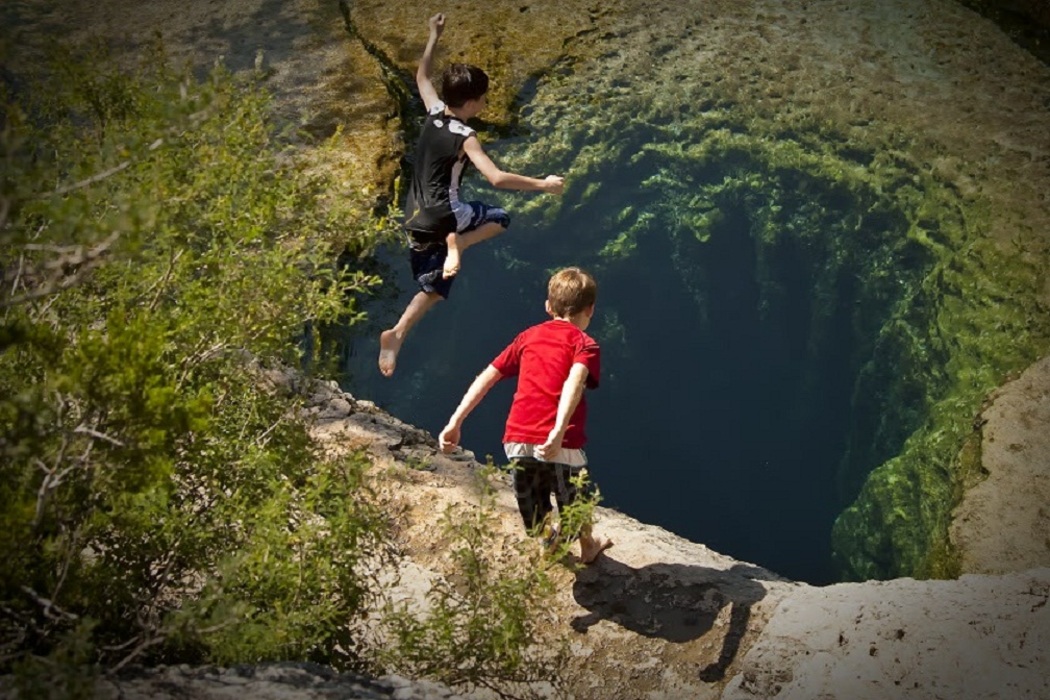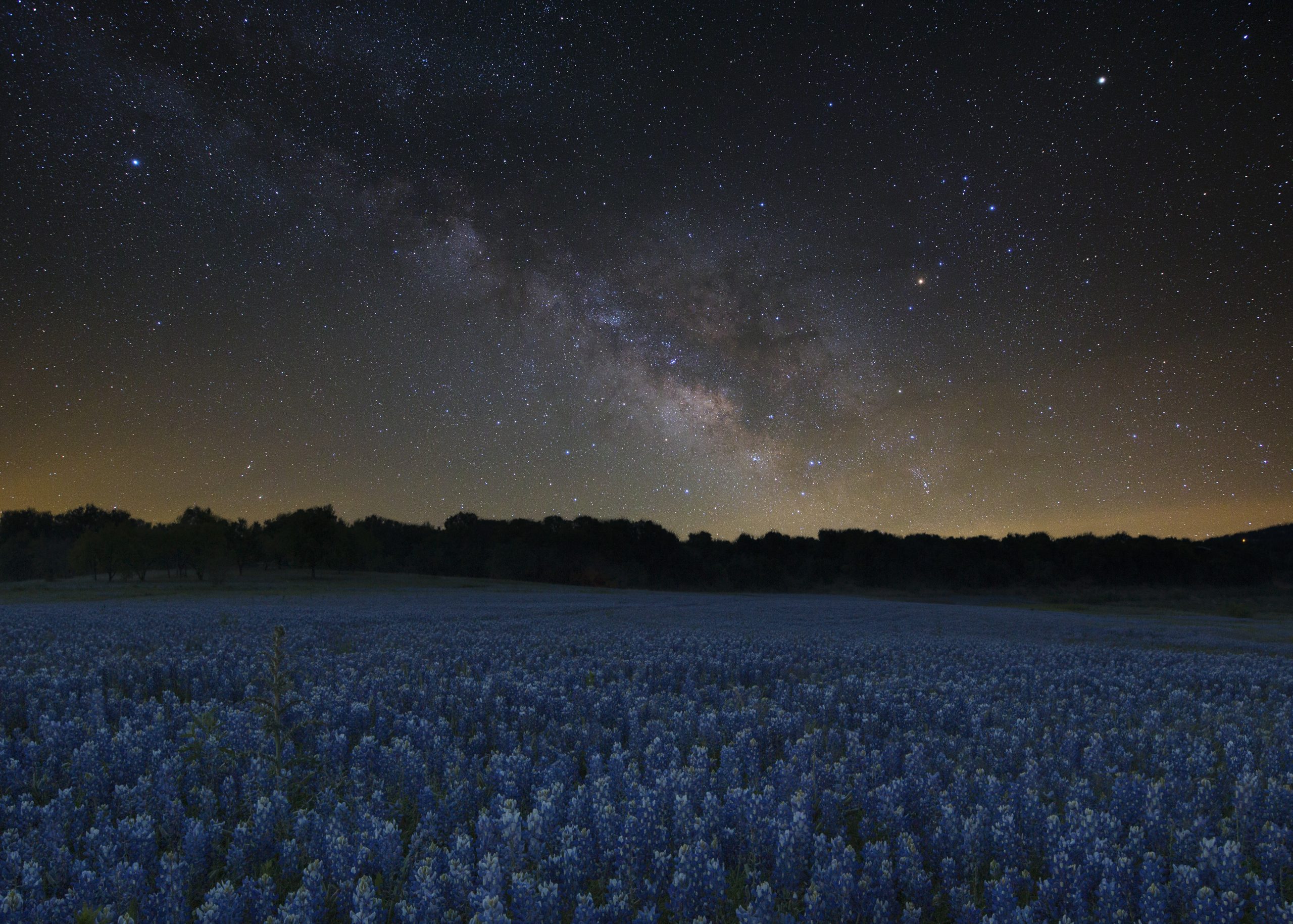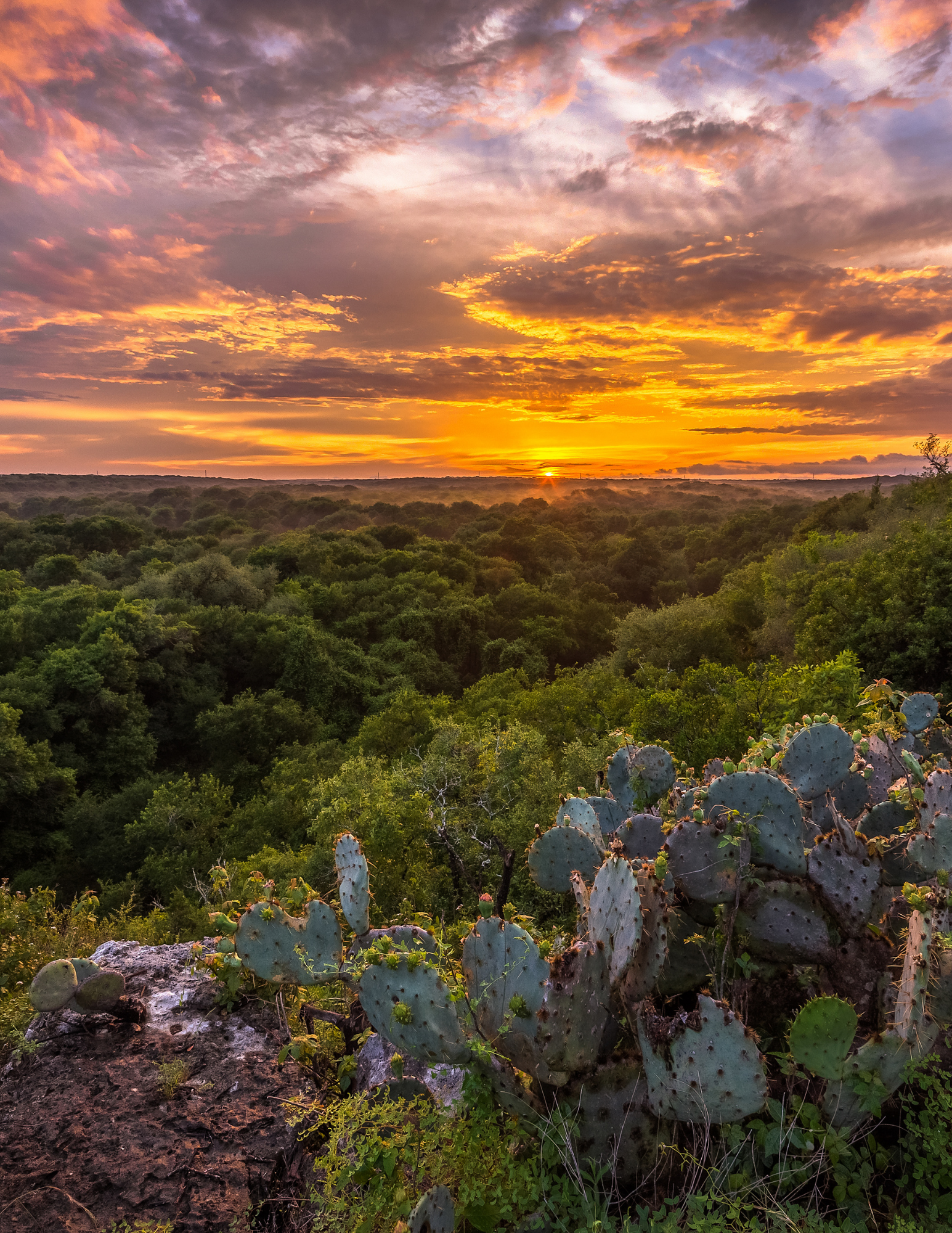News From the Network
Hill Country Land, Water, Sky, and Natural Infrastructure Plan
2023 Op-ed Series: Natural Systems are Vital Infrastructure
In this series, members of the Network dive in deeper on how crucial natural systems are to the future of thriving Hill Country communities. All of the following editorials are available for republishing, with credit to authors and the Texas Hill Country Conservation Network. Please share widely with your readers and friends.
New Plan Provides a Shared Vision for Preserving the Iconic Texas Hill Country
DRIPPING SPRINGS, Texas – A new report released this month by the Texas Hill Country Conservation Network (the Network) shines a spotlight on the need for investing in conservation as Central Texas grows. The Hill Country Land, Water, Sky and Natural Infrastructure Plan provides a data-driven vision for conservation of our region’s most important and defining natural resources. The 18-county Hill Country stretches from Austin to San Antonio and west to Uvalde and Junction, and includes three of the top ten fastest growing counties in the country. As the population grows, impacts are being felt in the form of increasing pressure on groundwater resources, land fragmentation and loss of natural areas, and light pollution that clouds the view of the stars at night. With these challenges in mind, conservation partners joined forces to create a plan for proactively protecting the natural resources so central to the identity of the Hill Country. Click to view 6/28/23 press release
2022 Op-ed Series: State of the Hill Country
In this series, members of the Network dive in deeper on each metric to show how they apply to individual Hill Country communities. All of the following editorials are available for republishing, with credit to authors and the Texas Hill Country Conservation Network. Please share widely with your readers and friends.


